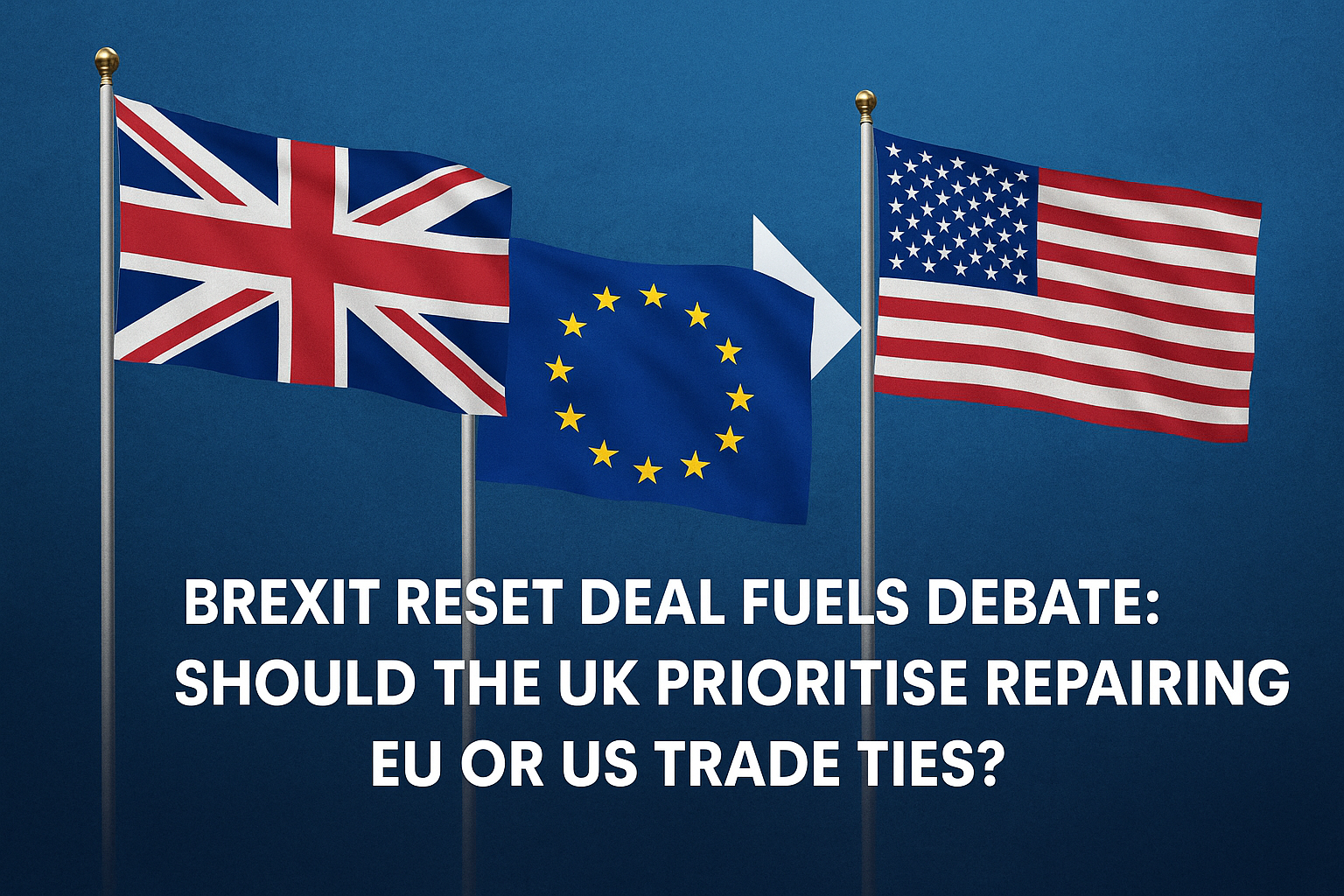

When London hosted the first formal UK–EU summit since Brexit on 19 May 2025, it wasn’t just a photo opportunity. It was a full-blown recalibration of economic realism. The commonly called ‘Brexit reset deal’ signalled a deliberate pivot back to Brussels after half a decade of friction, lost trade, and mounting industrial fatigue. With four key pillars, including access to the EU’s EUR 150 billion defence rearmament fund, regulatory easing for agricultural checks, a youth mobility visa scheme, and reinstated e-gate privileges for UK travellers, this was no ceremonial gesture. Yet the biggest headline for business? A potential rescue line for British exporters haemorrhaging market access and margin to post-Brexit red tape.

And nowhere is the reset more urgent — or consequential than in the UK’s aluminium sector.
Trade numbers that tell a hard truth
Despite political grandstanding about a ‘Global Britain’, hard numbers tell a very different story. In 2024, the EU remained the UK’s largest trading partner, absorbing 42 per cent of its goods exports and supplying over 50 per cent of its imports. In contrast, the United States accounted for just 16.2 per cent of UK exports and 9.7 per cent of imports.
The aluminium trade lays this imbalance bare. The UK exported EUR 3.7 billion (USD 4.12 billion) worth of aluminium to the EU in 2024, enough to make it the EU’s top aluminium export destination, capturing 19.9 per cent of the bloc’s total aluminium exports. Exports to the United States? Just USD 252.2 million. That’s not a gap, it’s a chasm.
Brexit is costing billions in compliance
Responses








